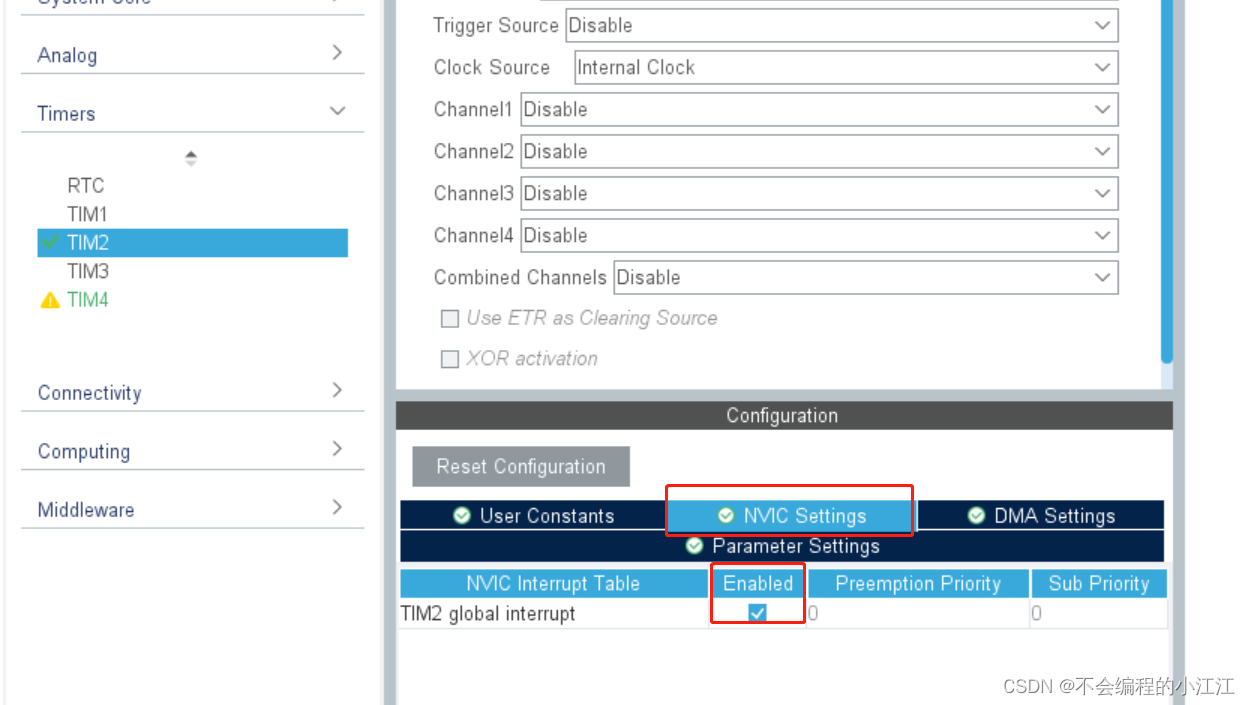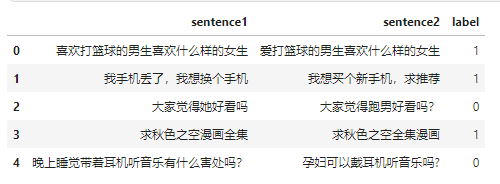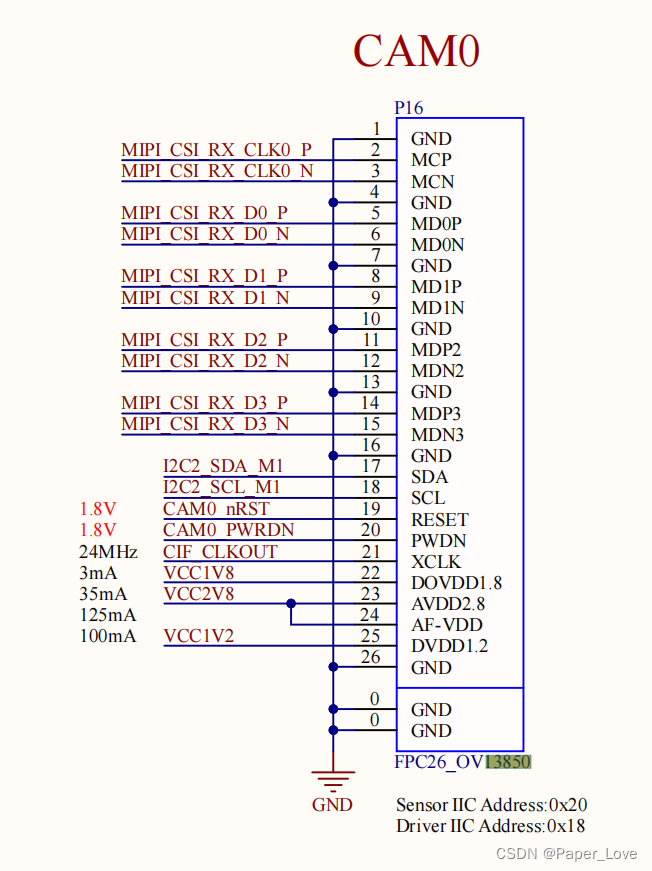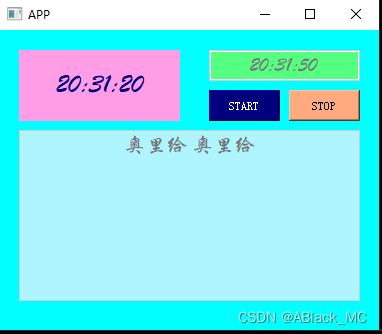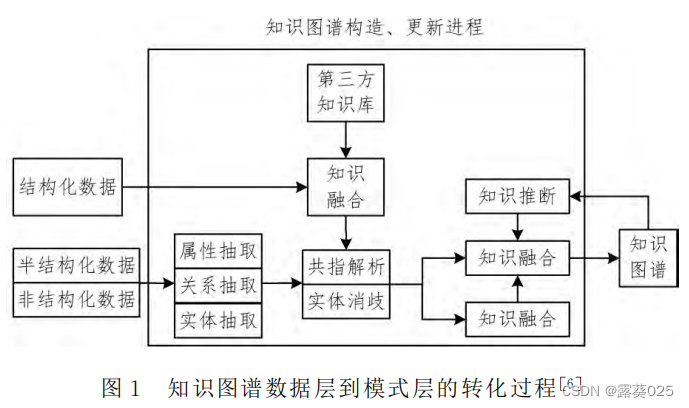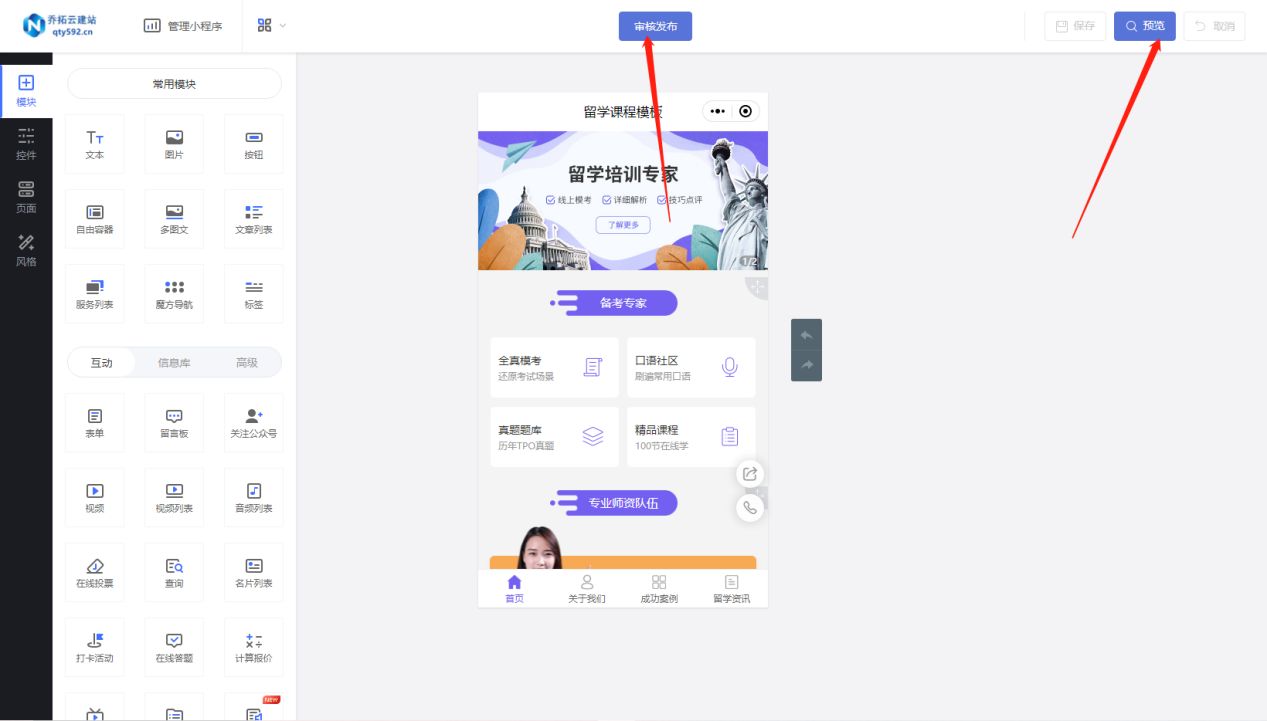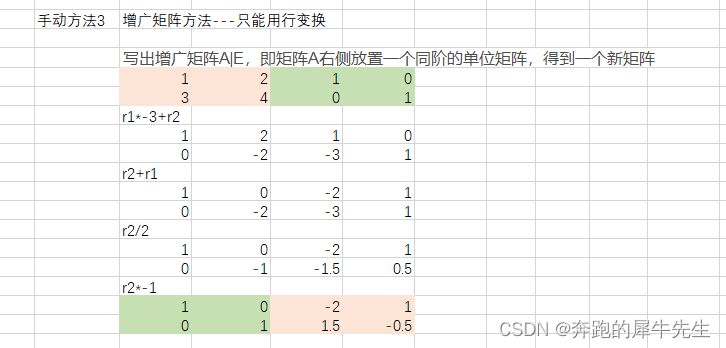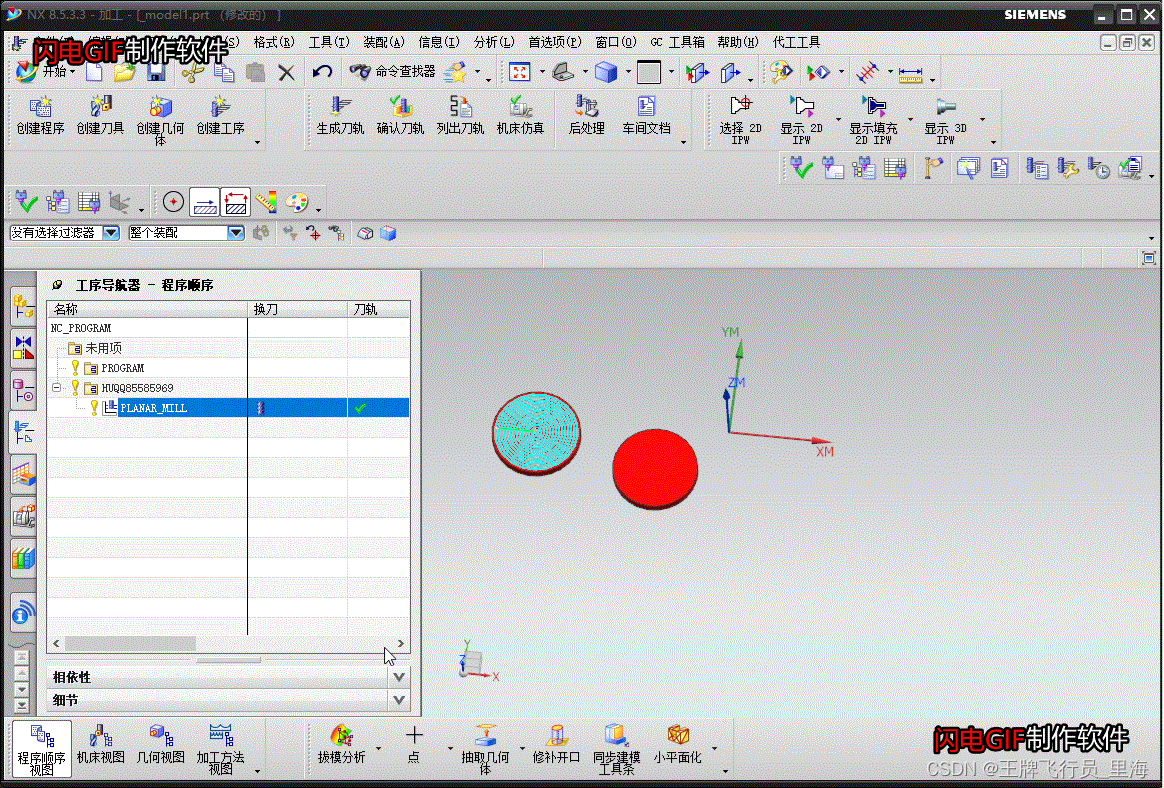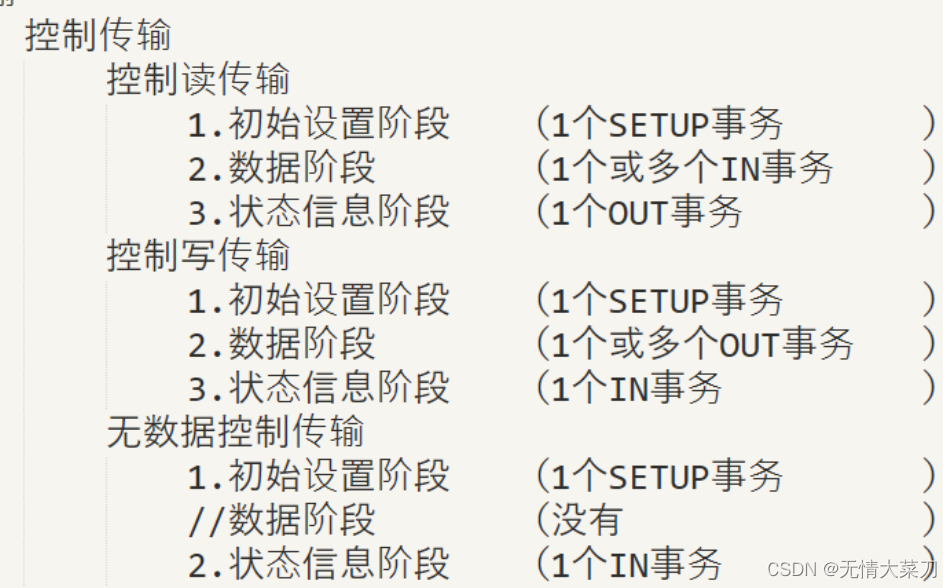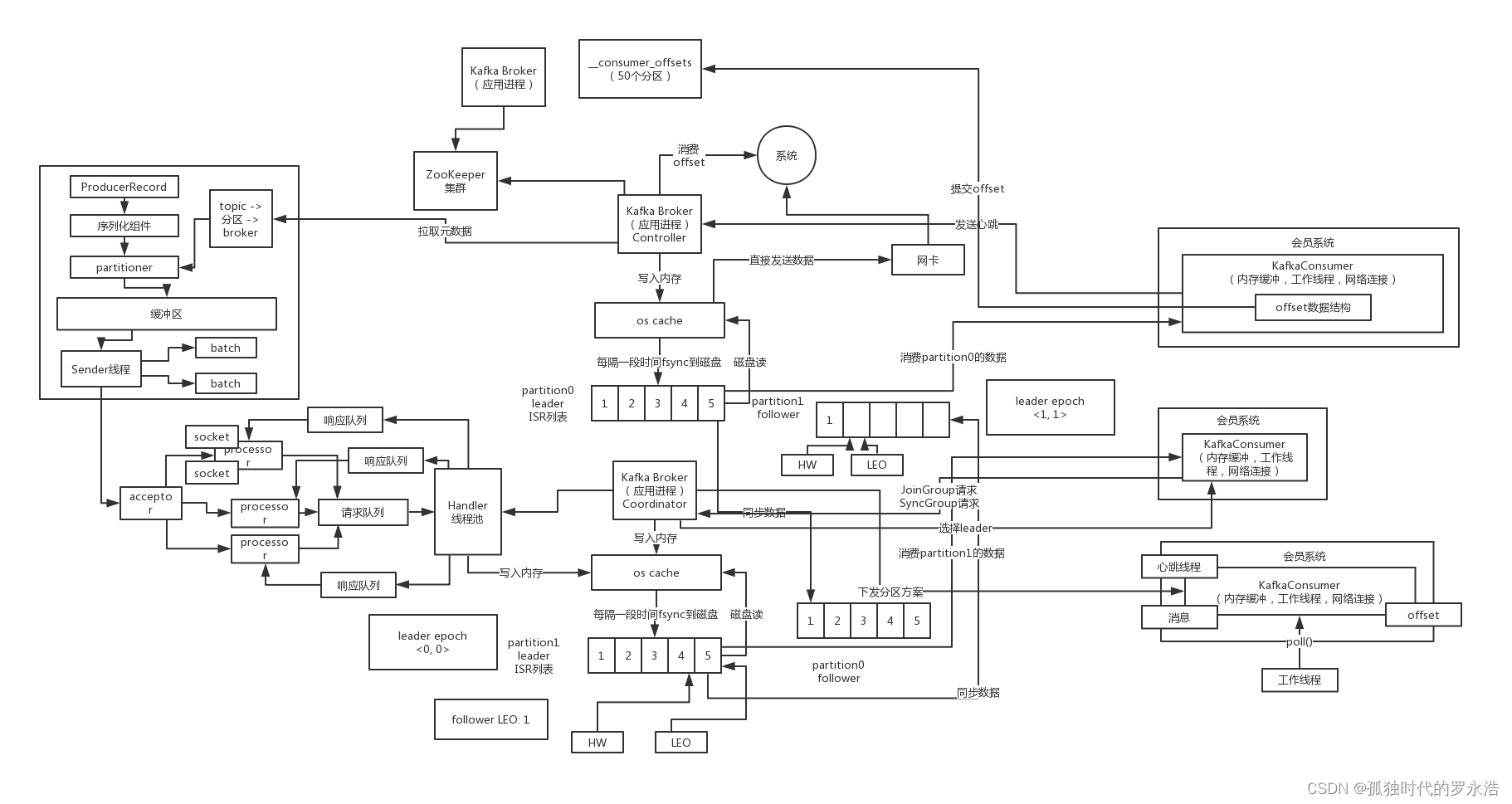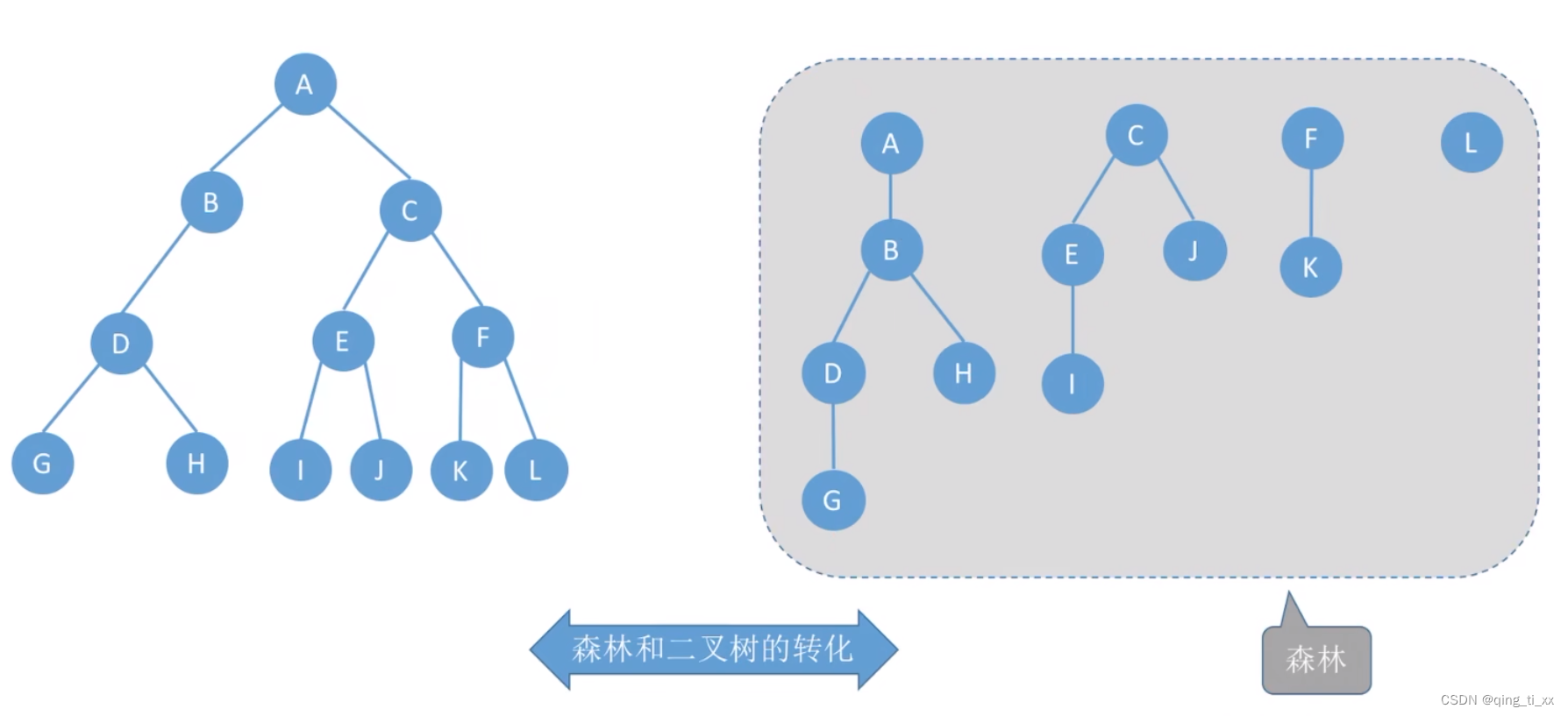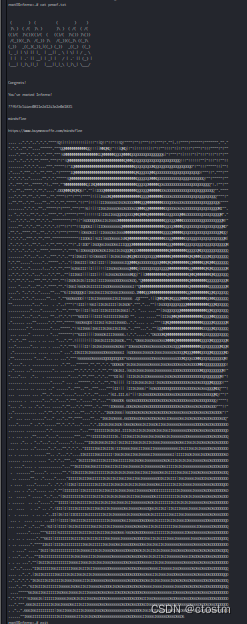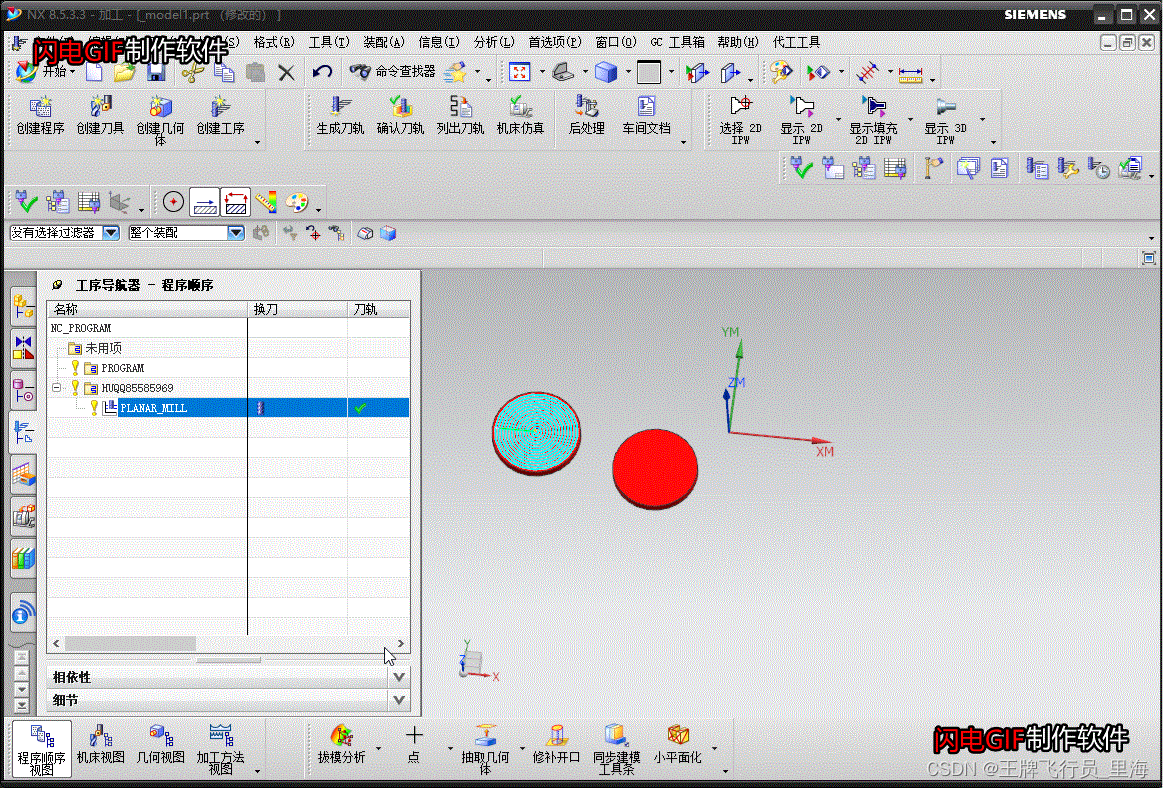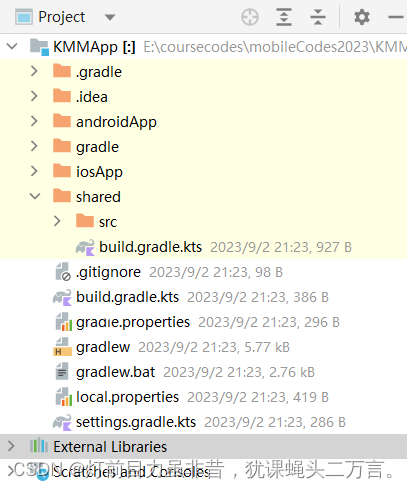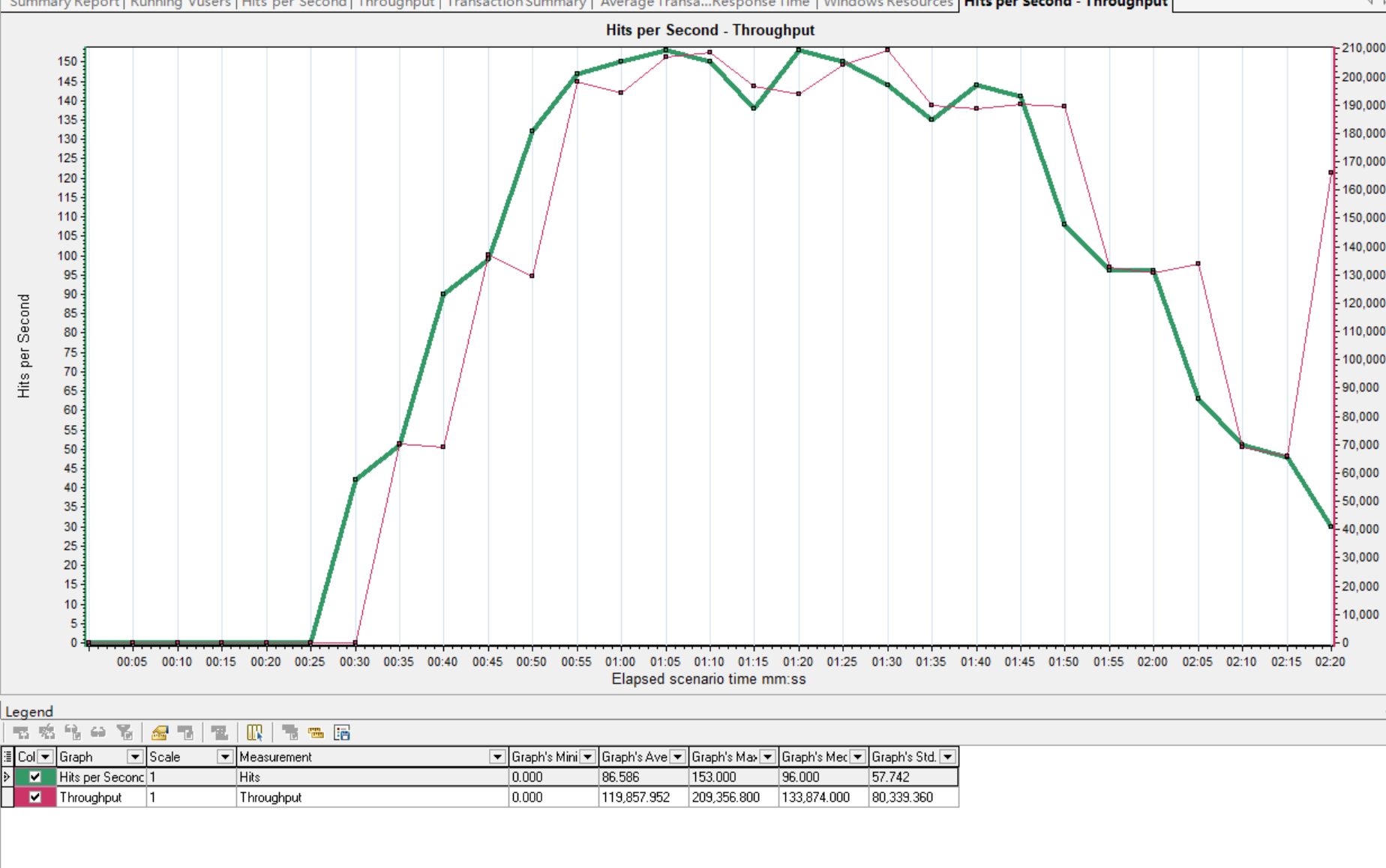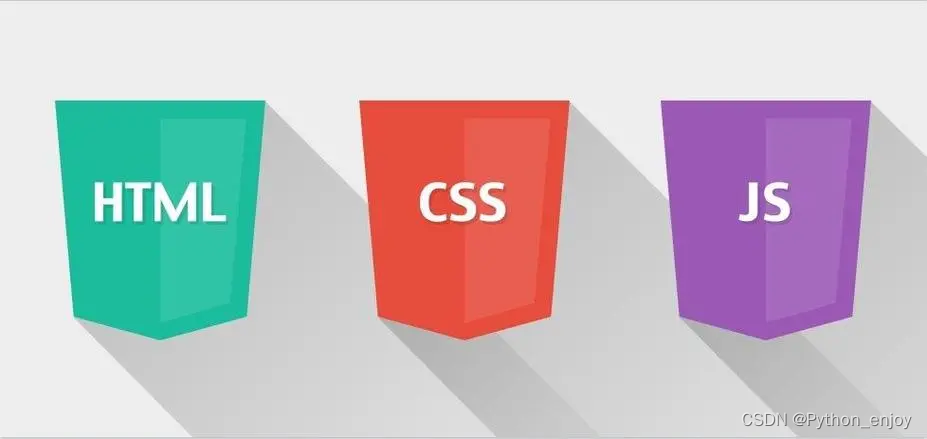1 闹钟
头文件
#ifndef WIDGET_H
#define WIDGET_H
#include <QWidget>
#include <QtDebug>
#include <QLabel> //标签类
#include <QLineEdit> //行编辑器类
#include <QPushButton> //按钮类
#include <QTextEdit> //文本编辑器类
#include <QtTextToSpeech> //文本转语音
#include <QTimer> //定时器
#include <QTime> //时间类
#include <QTimerEvent> //定时器时间类头文件
QT_BEGIN_NAMESPACE
namespace Ui { class Widget; }
QT_END_NAMESPACE
class Widget : public QWidget
{
Q_OBJECT
public:
Widget(QWidget *parent = nullptr);
~Widget();
public slots:
void start_slot(); //自定义的槽函数,与启动按钮连接
void stop_slot(); //自定义的槽函数,与停止按钮连接
private:
Ui::Widget *ui;
//定义一个"当前时间"的指针
QLabel *current_time_lab;
//定义一个"闹钟时间"的指针
QLineEdit *clock_time;
//定义“启动”和“停止”的指针
QPushButton *start_btn;
QPushButton *stop_btn;
//定义一个“闹钟铃声”的指针
QTextEdit *clock_voice;
//定义一个播报员的指针
QTextToSpeech *speecher;
//定义一个定时器的指针
QTimer *timer;
//定义一个定时器id
int time_id;
};
#endif // WIDGET_H
源文件
#include "widget.h"
#include "ui_widget.h"
Widget::Widget(QWidget *parent)
: QWidget(parent)
, ui(new Ui::Widget)
{
ui->setupUi(this);
//设置为纯净界面
this->setWindowFlag(Qt::FramelessWindowHint);
//设置闹钟界面固定大小
this->setFixedSize(QSize(600,400));
//给current_time_lab实例化空间
current_time_lab = new QLabel(this);
current_time_lab->setStyleSheet("background-color:skyblue");
current_time_lab->resize(QSize(340,100));
current_time_lab->move(30,40);
//给colock_time实例化空间
clock_time = new QLineEdit(this);
clock_time->setAlignment(Qt::AlignCenter); //文本对齐方式和字体
clock_time->setFont(QFont("隶书", 10));
clock_time->resize(QSize(160,50));
clock_time->move(current_time_lab->x()+370,current_time_lab->y());
//给start_btn 和 stop_btn实例化空间
start_btn = new QPushButton("启动",this);
start_btn->resize(QSize(70,30));
start_btn->move(clock_time->x(),clock_time->y()+70);
stop_btn = new QPushButton("停止", this);
stop_btn->resize(start_btn->size());
stop_btn->move(start_btn->x()+90,start_btn->y());
stop_btn->setEnabled(false);
//给clock_voice实例化空间
clock_voice = new QTextEdit("起床啦,起床啦,1234567asdfghjkl",this);
clock_voice->setAlignment(Qt::AlignCenter); //文本对齐方式和字体
clock_voice->setFont(QFont("隶书", 20));
clock_voice->resize(QSize(540,200));
clock_voice->move(current_time_lab->x(),current_time_lab->y()+120);
//给speecher实例化空间
speecher = new QTextToSpeech(this);
//实例化一个定时器timer 展示在当前时间界面
timer = new QTimer(this);
//启动定时器
timer->start(1000); //从此时起,每一秒定时器会发送timeout信号(连接槽函数处理)
//将该定时的timeout信号连接到lambda表达式中中
connect(timer, &QTimer::timeout, [&](){
//调用QTime类的静态成员函数currentTime()获取系统时间
QTime sys_time = QTime::currentTime();
//将时间类对象调用成员函数toString()将sys_time转换成字符串
QString time = sys_time.toString("hh:mm:ss");
//将时间展示到current_time_lab界面上
this->current_time_lab->setText(time);
//将label上的内容居中展示,并设置字体
this->current_time_lab->setAlignment(Qt::AlignCenter);
this->current_time_lab->setFont(QFont("幼圆", 25, 15, false));
//判断是否已到闹钟时间
if(time == clock_time->text() && stop_btn->isEnabled())
{
//闹钟响起
speecher->say(clock_voice->toPlainText()); //获取textedit编辑器文本需要使用toPlaiText();
}
//点击停止后,speecher调用stop停止闹钟声音
else if(!stop_btn->isEnabled())
{
speecher->stop();
}
});
//将启动按钮的信号与自定义的槽函数start_slot()连接
connect(start_btn, &QPushButton::clicked, this, &Widget::start_slot);
//将停止按钮的信号与槽函数stop_slot连接
connect(stop_btn, &QPushButton::clicked, this, &Widget::stop_slot);
}
Widget::~Widget()
{
delete ui;
}
//与启动按钮连接到槽函数的定义
void Widget::start_slot()
{
//将闹钟时间编辑器、启动按钮、闹钟声音对应的文本编辑器设置为不可用
clock_time->setEnabled(false);
start_btn->setEnabled(false);
clock_voice->setEnabled(false);
stop_btn->setEnabled(true);
}
//与停止按钮连接到槽函数的定义
void Widget::stop_slot()
{
//将闹钟时间编辑器、启动按钮、闹钟声音对应的文本编辑器设置为可用
clock_time->setEnabled(true);
start_btn->setEnabled(true);
clock_voice->setEnabled(true);
stop_btn->setEnabled(false);
}
2 思维导图

